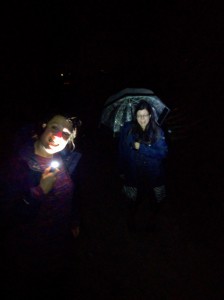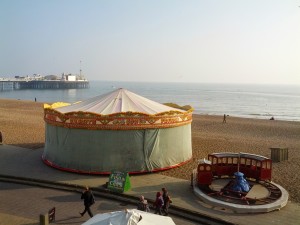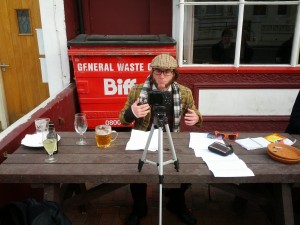Liam Porr recently asked “What does it mean when a computer can write about our problems better than we can?”. He backed this up with the claim that he had received 26,000 views on a blog post written by GPT-3. GPT-3 (Generative Pre-trained Transformer 3) is a tool based on 4.5 TB of data that can generate text that seems like it has been written by a human. One of the Liam Porr’s blog posts even made it to the top of the hacker news site, with only one person asking if the texts had been generated via Machine Learning. Porr went on to say “I believe that GPT-3 has the potential to change the way we write“:
All I need to write is a good title and intro. I could write five of them in an hour and publish them all in one day if I wanted to. In other words, one good writer with GPT-3 can now do the same work that took a team of content creators before.
This is a bold claim, and worth looking into. After all, if Porr is right, then I need to be paying attention to this. I could, at least, save time on writing by giving GPT-3 some seed text and letting it write my blog posts. Right?
The text that emerged from the algorithm was not perfect. It needing some editing but “Cut out irrelevant stuff, write a conclusion, and boom – people don’t stand a chance of telling the difference.” Porr then takes the example of Buzzfeed, suggesting they can reduce their headcount if they use this new platform, suggesting there is space for “a new kind of media company. One that’s fast and lean. The writing team will be small, but experts at bending GPT-3 to their will.“
It’s interesting that Porr chose to work with self help, admitting, “GPT-3 is great at creating beautiful language that touches emotion, not hard logic and rational thinking”. The reason for this is that a lot of online writing has a particular style. It is already programmed by the requirements and restrictions of search engine optimisation, or sharing on social media. The fact that GPT-3 works so well for these texts may be a reflection of how restrictive these styles are.
There are already tools that produce news articles without human intervention. Stories, particularly those based on reporting numeric data have already been automated. GPT-3 offers a means of producing more complicated text, which can fool casual readers.
The effect of a large amount of generated text appearing on social media platforms might produce problems beyond the need for quality control. We already have an avalanche of generated text on social media platforms, and this has not gone well. Twitter has never dealt properly with its bot problem, and the idea that these fake accounts are real has distorted politics for the last few years. Using GPT-3 to produce large amounts of political opinions makes it all the more important for journalists and politicians to understand how the web works.
Of course, all the above aside, Porr managed to release a set of blog posts that produced far more readers than I have acheived with this blog. But that assumes that all readers are equivalent. I’m writing for a smaller audience, but a more engaged one.
Do I believe that GPT-3 could produce literature? It could – but there is more to literature than language. Given some good samples, GPT-3 could churn out beat poetry, and it might even produce things that produce an emotional response. Some of the Beat writers such as Burroughs and Gysin were even involved in early experiments with computer texts, but these are remembered mostly as a curio. But a poem like Howl connects to other stories, just as Kerouac and Burroughs wrote meta-novel novels that resonated with their own lives. A computer might be able to produce poems, maybe even new Ginsberg poems – but there are things missing which means a computer would never produce a ‘body of literature’.
We might be willing to accept vacant life-advice from things that are alive, but for art we want some connection with the authors. Remember how angry people were when JT Leroy was revealed not to be a real writer, but a character? Or when it came out that James Frey’s book was a novel marketed as a memoir?
But, as far as the text goes – would I read a novel generated by a computer? I could imagine doing so. But that’s another story, for another post.





















